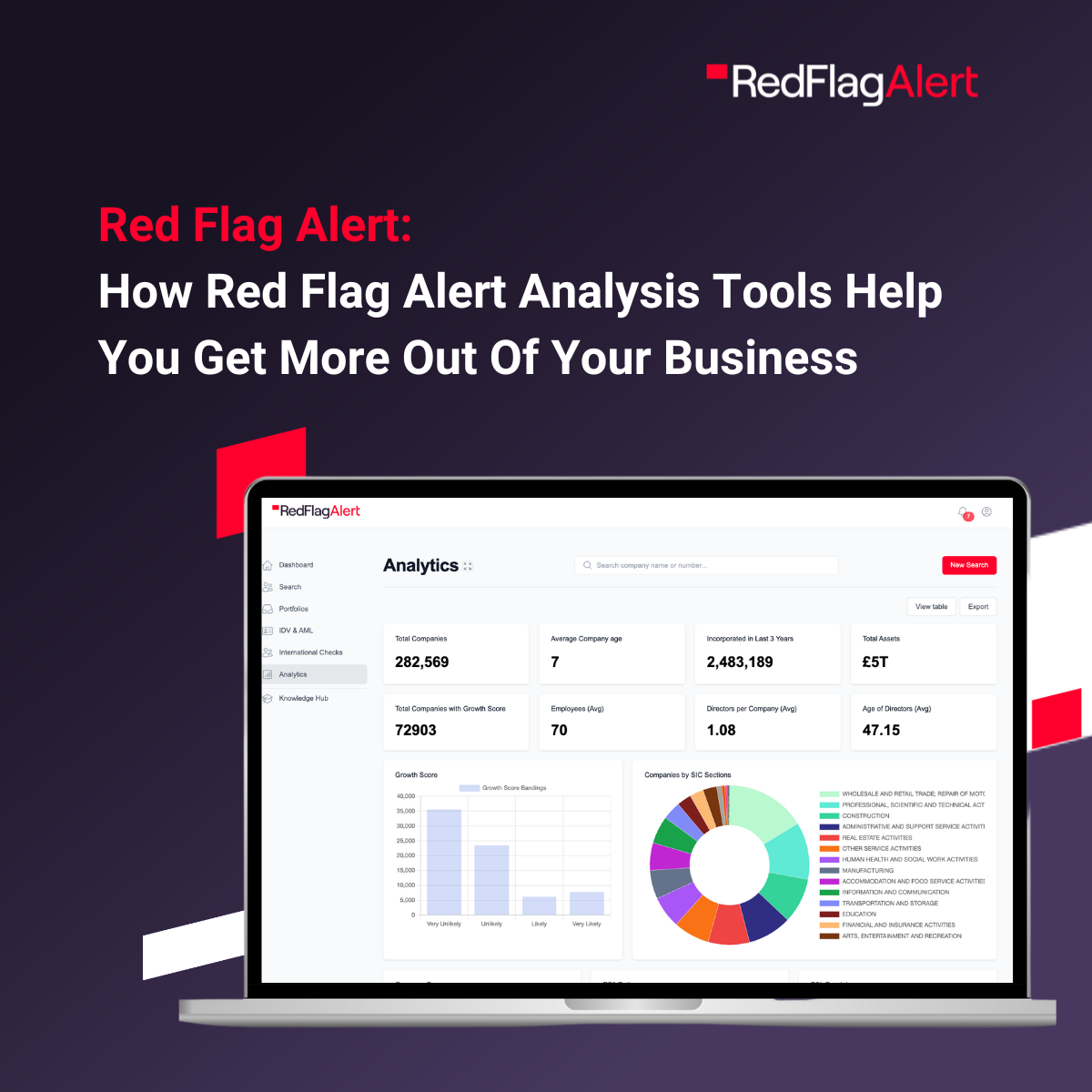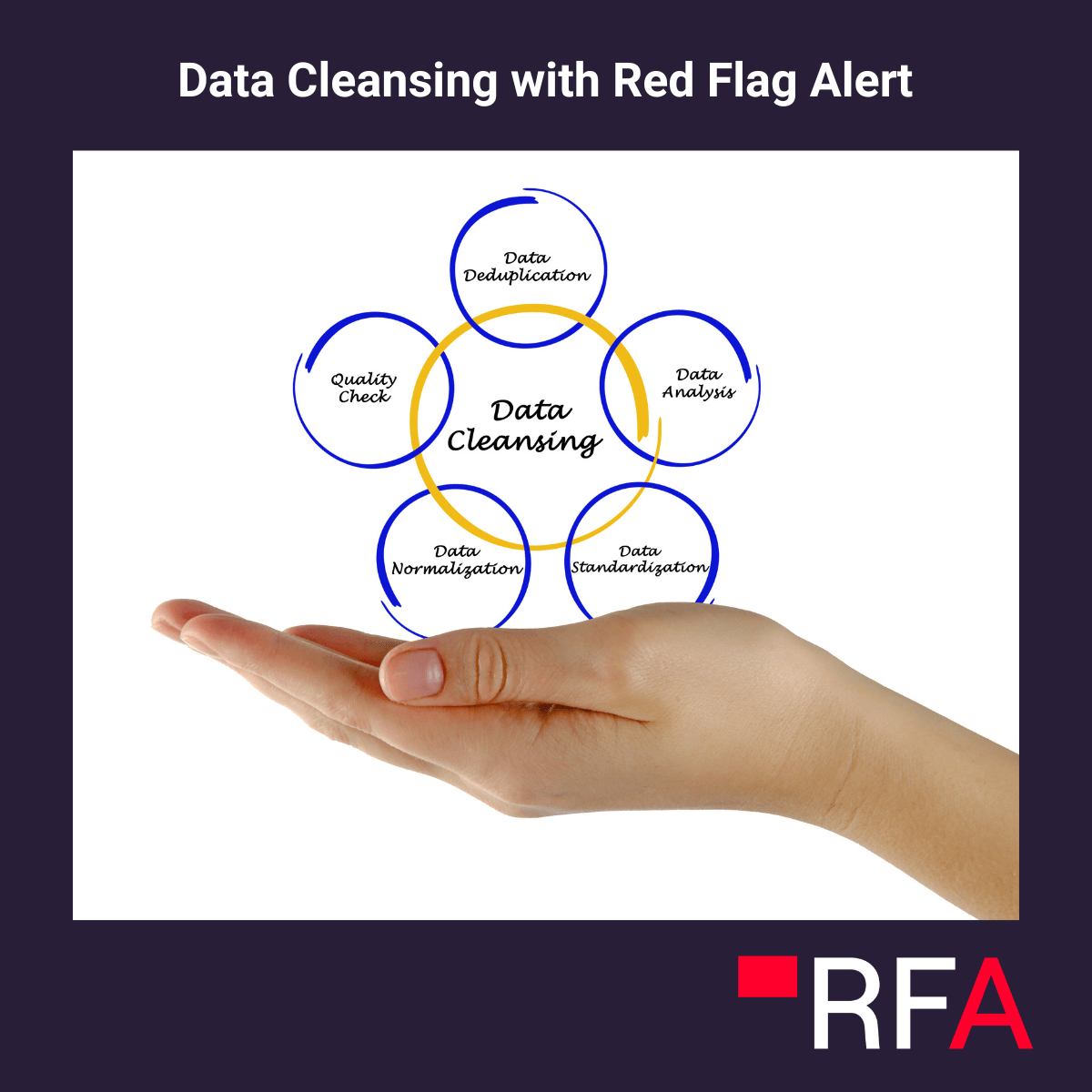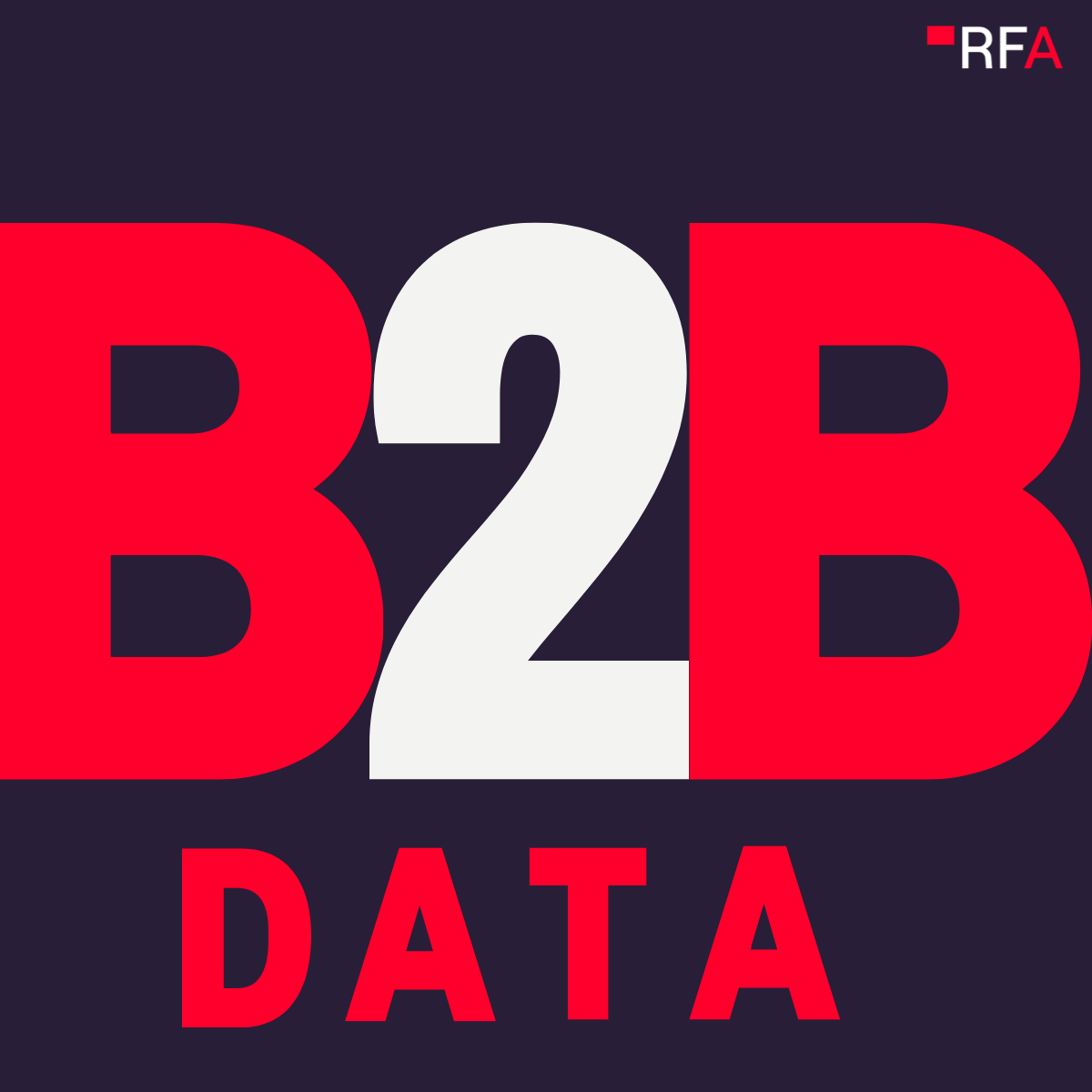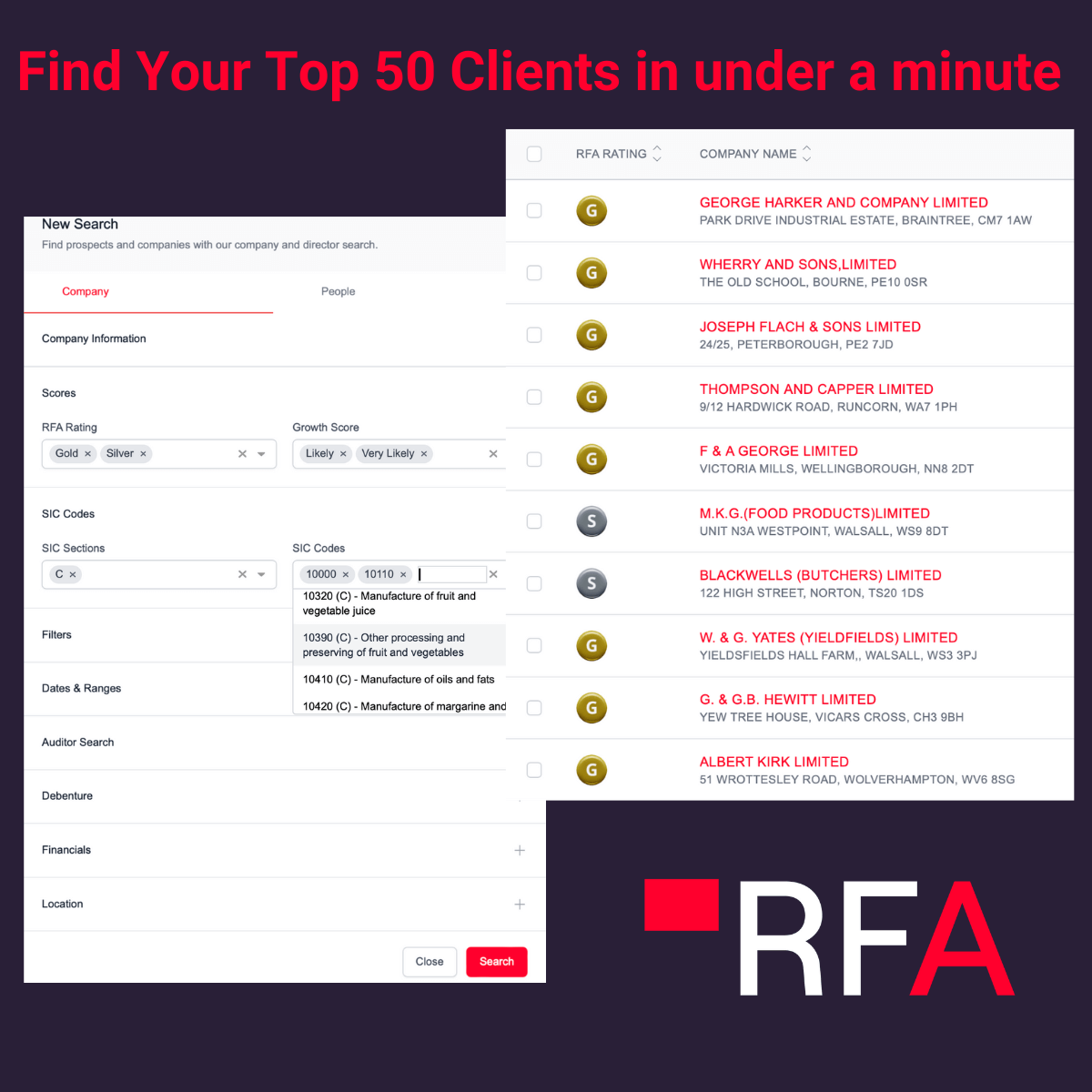Businesses need to understand the people they serve if they’re to succeed. From sales and marketing to product development, customer profiling gives staff across departments a better understanding of their client base. How do you define your ideal customer profile (ICP)?
Breaking your customers down according to demographics, buying patterns and preferences can help you to address their needs. In this guide, we'll explain what customer profiling is, why it's helpful, and how you can use it to benefit your business.
What Is a Customer Profile?
Unlike a buyer persona, customer profiles are not fictional representations of clients. Instead, they are informed by data about your real-world customers.
A customer profile gives you insight into factors that may affect a client’s relationship with your company. For example, their buying habits, needs and preferences.
Not only can this information be used to guide your strategy, but it can also help you solve problems while optimising your resources.
The Benefits of Customer Profiles
Building a customer profile is a great way to understand who your clients are so that you can address their needs.
Marketers use customer profiles to design highly targeted campaigns that appeal to their their ideal customers. This results in improved retention rates and creates customer loyalty among clients.
Customer profiling can also help businesses determine if they have product-market fit. This measures whether the issues faced by your target market are addressed by the product or service you offer.
Although customer profiling is typically associated with marketing, it has many other applications. This can include helping sales teams to create bespoke offers to close new sales,, or nurturing customer relationships after a sale has been made.
How to Create a Customer Profile
Customer profiling provides you with a valuable understanding of who your clients are, how they buy, and where the pain points are in your customer relationship model.
These insights can make a big difference to future business plans. However, first you need to know how to create a customer profile.
There are a few ways to build customer profiles. Here are a few steps that can help you get started with your next customer profile template:
Review Your Products and Services
-
How?
- Research and gain/have an in-depth understanding of your products, services, and future business plans
- Map out the user journey (how customers interact with your product/services)
- Analyse how existing customers use your product/services
-
Why?
- A better awareness of what you offer makes it easier to identify customer profiles that are best catered for
- Increased knowledge helps you pinpoint underserved or unarticulated problems within the market
- Better understanding of the customer profiles, you create
Get Feedback from Existing Customers
Customer profiles change over time. This is why it's important to challenge your perceptions of your products and business offering by getting feedback from your customers.
Engaging with existing customers allows you to better understand their thoughts on how your business is performing and provides the perfect opportunity for wider data capture.
-
How?
- Send out a survey
- Asking customers about financial requirements, product needs, or pain points
-
Why?
- Challenge your perceptions of your products and business
- Opportunity to find out customer likes and dislikes
One of the easiest ways to get feedback from existing customers is to send out a survey through software such as Typeform, SurveyMonkey, Google Forms or Feedier . These survey platforms are cost - effective and easy to use.
Analyse and Apply Customer Insights
-
How?
- Based on insights gained from customer profiling; you can make changes that will support business growth and success
- For example, improving the customer journey, finding new leads that fit your ideal customer profile, tailoring services better to fit the needs of existing clients
-
Why?
- Better idea of which marketing campaigns will target customers and which products might interest them
- Better idea of which marketing campaigns will target customers and which products might interest them
Identify Key Demographics
Customer profiling is used to gain a holistic understanding of your company’s audience.
These profiles should be based on the core attributes of the clients concerned. You can get this information by reviewing the demographics the customer falls into.
Demographics highlight the basic information of the people who engage with your company. Some of the details you're looking for are:
- Age
- Gender
- Role
- Income
- Geographical location
- Education level
- Company size
- Job Title
Review Other Factors and Attributes
The more detailed a customer profile is, the more useful it will be when it comes to making business decisions. Therefore, you may want to look beyond demographics to other attributes.
Psychographic factors and behavioural attributes give you a better idea of how your customers think. This will help guide your interactions with them from initial sales meetings through to post-deal aftercare.
For instance, a customer's hobbies, interests and lifestyle choices can provide valuable insight into their lives. This makes it easier to address customer’s specific needs and close sales.
Financial data can also improve a customer profile because it allows you to filter customers by income or even net worth.
It's also important to include any data that suggests whether a particular type of customer may pose a financial risk to your business. For instance, if they are likely to become insolvent or have an unstable income.
Demographics and financial data will not only help inform your business strategy, but also allow you to get more out of the customer profiling exercise to target clients more effectively.
-
Segment Customers
Once you've gathered the relevant data, grouping it will help you to drill down further into the specific needs of your customers.
Customer segmentation involves grouping clients based on their attributes. This could mean placing customers of the same demographic into one group, or filtering them customers them by financial status to determine which consumers are most likely to buy from your company.
Client segmentation makes it easier to review and act upon the results of a customer profiling exercise. Clients have different needs, and organising them based on these factors will help you to take the right action from the start.
Review the User Journey
Even if you have a clear picture of who your audience is, you should still identify how they came to engage with your company.
Mapping out the customer journey for different buyer personas can help you to gain further insight into how your organisation interacts with its customers.
For example, you may find that the most valuable business customers are referred to you from existing clients, or that consumer engagement rises whenever you post a social media ad.
A better understanding of how your business engages with its clients helps you to improve the customer journey and find new ways to engineer more valuable interactions.
Customer Profile Examples
Creating customer profiles is a useful exercise for businesses across all industries. They can also be used to complete a variety of projects and tasks.
However, their effectiveness depends on the approach that businesses take in developing them.
There are several ways to develop customer profiles and businesses . Companies need to find an approach that suits their individual sector, products and services and identifies their distinct customer categories.
We've described three exemplary customer profiles below:
The Ideal Customer Profile
The ideal customer profile weighs up the characteristics of a potential client with the products or services your company offers. The key is to consider whether your business is a good match for their needs and whether you should target them as a sales lead.
Here are three questions to consider when creating an ideal customer profile:
- Does the business or consumer have a need for what I offer?
- Can my company deliver on their requirements within the timeframes they expect?
- Does the client have a high enough budget to meet the price point?
This customer profile template can help you to narrow down a list of sales leads and identify those that are most likely to result in an effective business relationship.
Let’s take a look at an ideal customer profile example:
Key Demographics:
Name: John Smith
Age: 45
Role: Energy brokerage CFO
Income: £90,000 per annum
Location: Lancashire
Education level: Postgraduate degree
Background:
John is passionate about the energy sector and is always looking for ways his business can stand out in a competitive marketplace. He is also committed to streamlining the company’s workflows and implementing emerging technology into the business.
Behaviours:
- Keeps up to date with technology trends and latest energy research
- Looking to innovate current business practices
- Good at managing client relationships
- Looking to increase productivity while reducing costs
Challenges:
- John is using the same prospecting data as his competitors
- Matching his prospects to newer energy providers
- Business is struggling to stand out because he’s using the same sales triggers as most brokers
This customer profile example includes a description of John’s behaviours, interests and the challenges that relate to his business. Most importantly, John wants to stand out in a competitive marketplace.
The sales team’s working on John’s customer profile knows exactly what his challenges are and what product or service he’s looking for. By using this information, the sales team can tailor their marketing messages accordingly and offer him their solution.
The Buyer Persona
The traditional buyer persona is also a type of customer profile. Instead of looking at a consumer's core needs, this approach looks at their demographic and psychological factors to determine how best to sell to them.
This profile should provide a clearer picture of a potential client's wants, needs, desires, and concerns. If you run a b2b company, this approach will help you to consider the decision-makers and buying teams you'll need to convince, as opposed to the wider client business.
Here’s an example:
Key Demographics:
Name: John Smith
Age: 45
Role: Energy brokerage CFO
Income: £90,000 per annum
Location: Lancashire
Education level: Postgraduate degree
Motivation:
- Industry recognition
- Achieving bonuses
- Promotion
Challenges
- Using sales data effectively
- Reaching out to new energy brokers
Fears:
- Getting a poor reputation
- Dropping behind other brokers
- Making bad buying decisions
Ambitions:
- Become an industry influencer
- Start own brokerage
- Retire to Portugal
The Pain Point Identifier
This customer profile template helps you organise clients according to the type and severity of the pain points they experience—both in the general market and when dealing with your company.
To create this model, organise customers according to their demographic and other personal characteristics before listing them against their pain points. You can then review the issues they're facing to better understand their needs.
This is a great way to understand the perspectives of the customers you serve and could help you to create a new product or service to address their needs. Customer surveys can be particularly good ways to gain this information.
The example below shows that while productivity is a common issue amongst energy brokers, employee retention is actually a more severe challenge for a few companies. You may therefore choose to target the companies that struggle with employee retention and offer comprehensive HR consultancy.
Industry: Energy broking
What are the biggest challenges facing your business?
Productivity: 87%
Sales and marketing: 38%
Logistics: 12%
Employee retention: 9%
How severe are these challenges?
|
Productivity: |
Sales and marketing: |
Logistics: |
Employee retention: |
|
|
High |
8% |
40% |
45% |
82% |
|
Medium |
3% |
36% |
35% |
14% |
|
Low |
89% |
34% |
20% |
4% |
Better -Informed Business Decisions
Building customer profiles is an essential process for sales and marketing teams. Not only does it provide them with invaluable insights into your existing customer base, but also with the leads and new sales of tomorrow.
Getting to know your customers can help you to tailor your offering to their needs, increasing conversion rates and improving client satisfaction in the process.
Although creating a customer profile is important at the beginning of the sales funnel, it should be viewed as an ongoing process. This means that it should be continuously improved to provide you with a snapshot of your customer base.
One of the major challenges when creating a customer profile is gathering data. While you may already have details generated from sales, it can be hard to measure potential leads against the filters you apply—especially when you are seeking out financial information.
Red Flag Alert is the UK's most comprehensive company information database, and reports on financial and other data for over 6.5 million businesses. With over 100,000 updates every day, you'll always be able to use the most accurate information when building and applying customer profiles.
Whether it’s for sales, marketing, due diligence, or risk management, users of Red Flag Alert's database benefit from:
- A full range of risk level checking
- Unbeatable match rates
- Detailed company credit reports
- ID verification
- Enhanced due diligence
- Sanctions and real-time screening of politically exposed persons (PEPs)
- Monitoring alerts
- A simple interface
- A secure audit trail
Use Data To Create Rich Customer Profiles
Building customer profiles keeps your sales and marketing focused on companies most likely to need your services.
This can help your sales process become more efficient as you focus on high-quality leads.
The more detail you have in your customer profile, the more useful it is.
Red Flag Alert’s data provides rich financial company data that adds depth to your customer profiles.
This gives you valuable insight into a business’s performance, helping you identify your prospects’ challenges and create messaging explaining how your product or service can solve these problems.
We provide:
- Detailed information on every UK business
- Data on 50,000 new companies added every month
- 100,000 real time updates per day
- Crucial information and opportunities are sent straight to your inbox daily
- Details on 2.4 million key decision-makers, including 900,000 GDPR compliant email addresses
- Instant access to data via your CRM using our API
To learn how Red Flag Alert’s B2B prospector tool can help your business grow, get started with a free trial.



